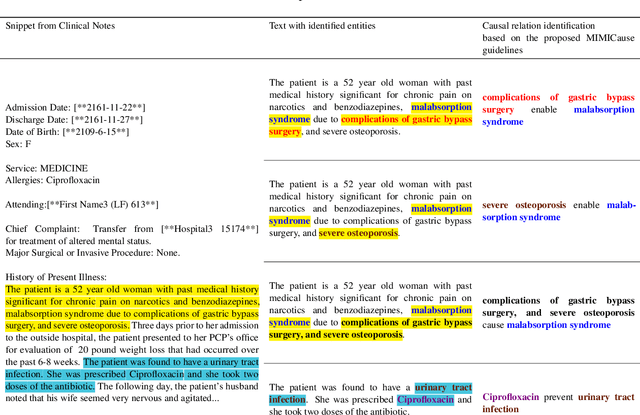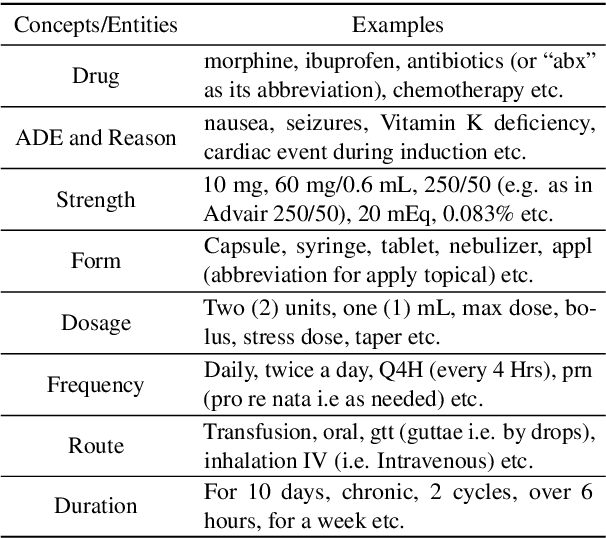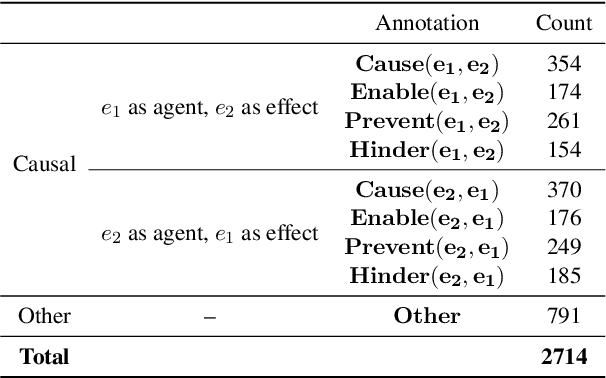Md Imbesat Hassan Rizvi
SpaRC and SpaRP: Spatial Reasoning Characterization and Path Generation for Understanding Spatial Reasoning Capability of Large Language Models
Jun 07, 2024



Abstract:Spatial reasoning is a crucial component of both biological and artificial intelligence. In this work, we present a comprehensive study of the capability of current state-of-the-art large language models (LLMs) on spatial reasoning. To support our study, we created and contribute a novel Spatial Reasoning Characterization (SpaRC) framework and Spatial Reasoning Paths (SpaRP) datasets, to enable an in-depth understanding of the spatial relations and compositions as well as the usefulness of spatial reasoning chains. We found that all the state-of-the-art LLMs do not perform well on the datasets -- their performances are consistently low across different setups. The spatial reasoning capability improves substantially as model sizes scale up. Finetuning both large language models (e.g., Llama-2-70B) and smaller ones (e.g., Llama-2-13B) can significantly improve their F1-scores by 7--32 absolute points. We also found that the top proprietary LLMs still significantly outperform their open-source counterparts in topological spatial understanding and reasoning.
MIMICause : Defining, identifying and predicting types of causal relationships between biomedical concepts from clinical notes
Oct 14, 2021



Abstract:Understanding of causal narratives communicated in clinical notes can help make strides towards personalized healthcare. In this work, MIMICause, we propose annotation guidelines, develop an annotated corpus and provide baseline scores to identify types and direction of causal relations between a pair of biomedical concepts in clinical notes; communicated implicitly or explicitly, identified either in a single sentence or across multiple sentences. We annotate a total of 2714 de-identified examples sampled from the 2018 n2c2 shared task dataset and train four different language model based architectures. Annotation based on our guidelines achieved a high inter-annotator agreement i.e. Fleiss' kappa score of 0.72 and our model for identification of causal relation achieved a macro F1 score of 0.56 on test data. The high inter-annotator agreement for clinical text shows the quality of our annotation guidelines while the provided baseline F1 score sets the direction for future research towards understanding narratives in clinical texts.
 Add to Chrome
Add to Chrome Add to Firefox
Add to Firefox Add to Edge
Add to Edge